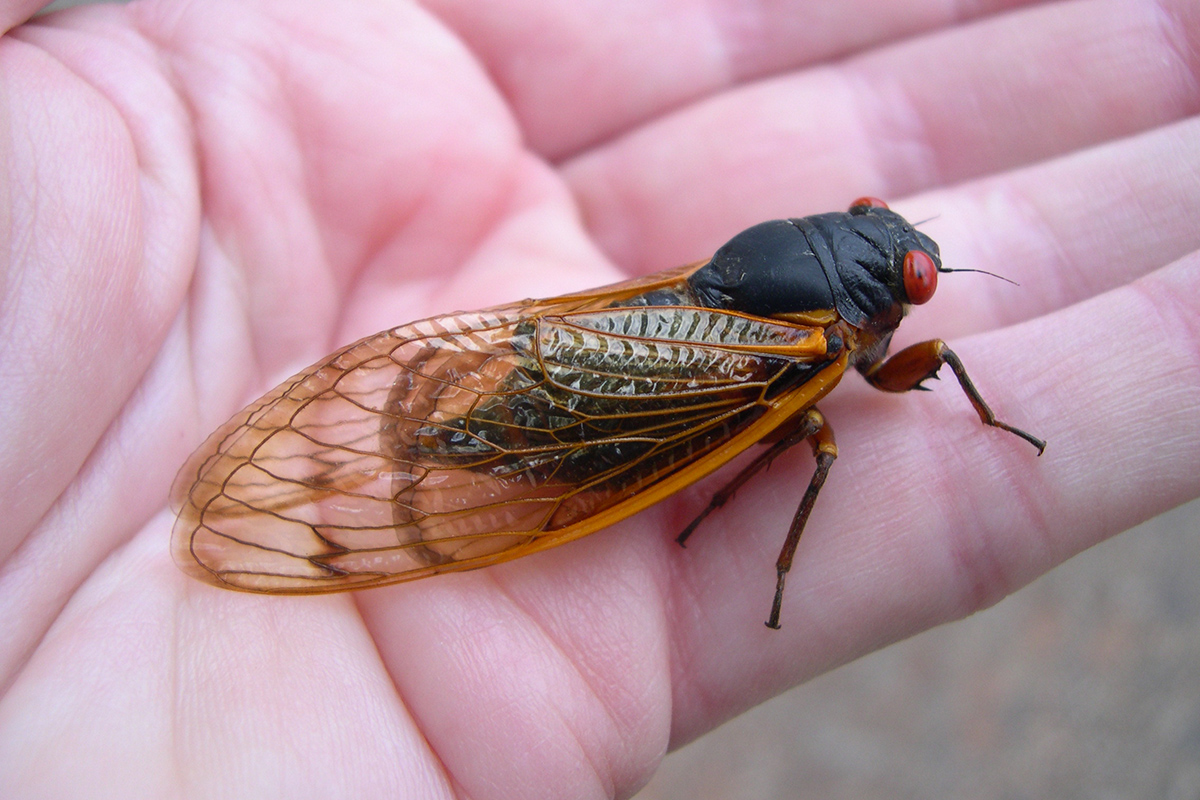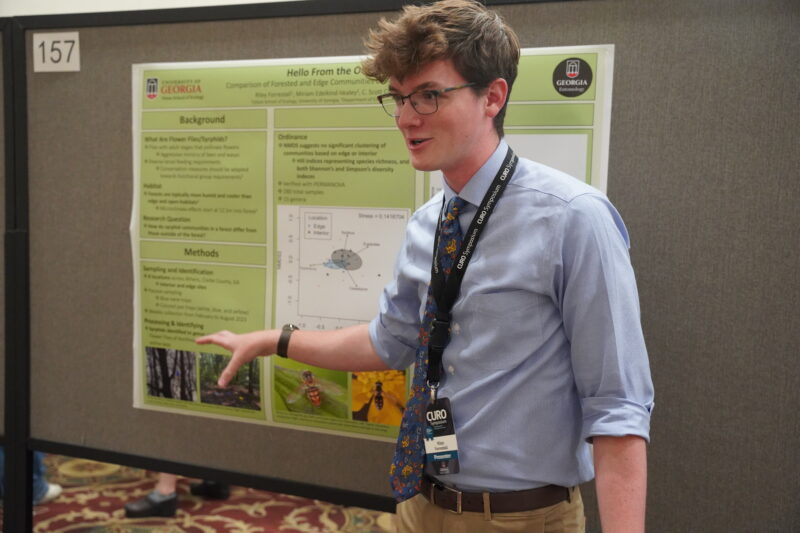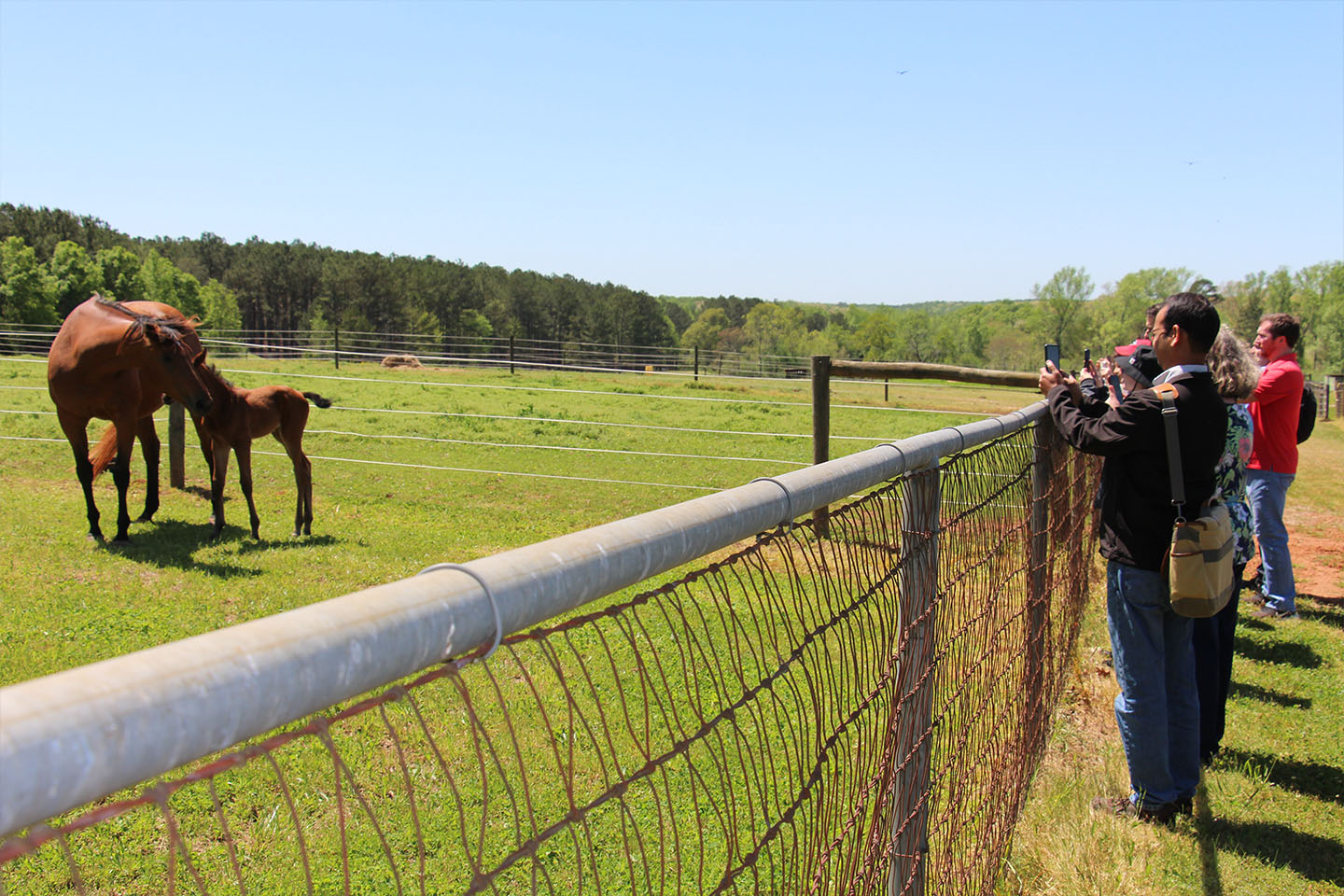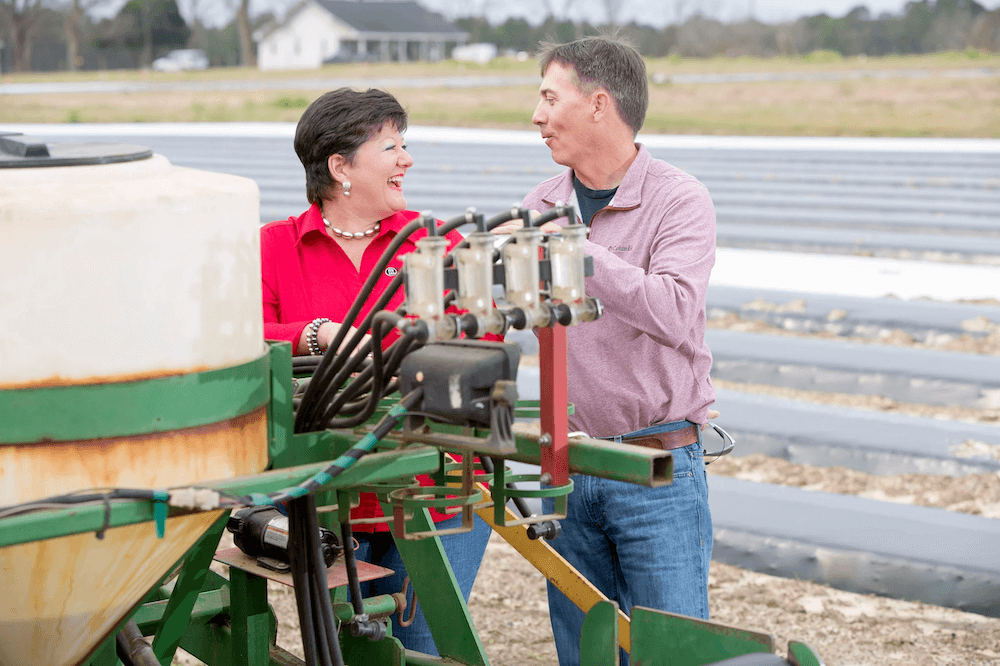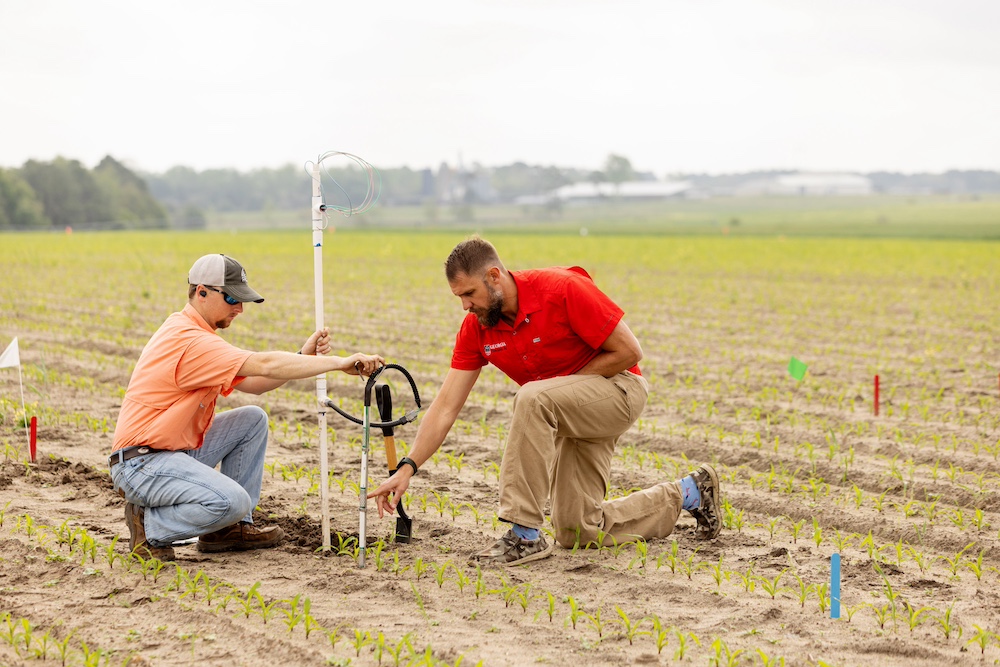Whether you plant wildflowers in huge swaths along roadsides or tiny pocket gardens in your own backyard, the vibrant colors and rich mixtures of these hardy plants are sure to please the eye.
As with any kind of gardening, wildflowers require work and planning, but following these basic rules will assure your success.
Determine your goals. Before you buy seed, first know what you want from your wildflower plantings.
What is your purpose? Do you want three-season, low- maintenance color? only species native to your area? birds and butterflies? With so many reasons to plant wildflowers, it's important to define your goals before you begin.
Choose a site. It may be tempting to plant wildflowers where nothing else grows, but while they're hardy, they're not magical. Most need full sun and moderately fertile soils that drain well but not too quickly.
While it's possible to plant wildflowers in poor soil on a steep slope in the shade, this will present a special challenge. Consulting with an expert will help your chances of success.
Choose your seeds. Your wildflowers will be only as good as the seeds you sow. If you invest the time and energy to plant them right, don't ruin the project by using questionable seeds.
Buy from a reputable dealer who can supply you information about individual species and different mixtures.
Most mixtures include annuals and perennials. In general, mixtures for warm climates may include more annuals because they tend to reseed year after year.
Annuals should be included in almost every mixture, however, since they act as a nurse crop for slower-growing perennials that don't bloom until the second year.
Prepare the site. I highly recommend that you remove existing vegetation before you plant wildflower seeds.
Till the soil, if you can, to create a loose seed bed. If you can't till, at least scratch up the soil surface.
Eliminate weed seeds in the upper layer of soil by allowing them to germinate and begin to grow, then removing the weeds by chemical or mechanical means. Don't till again, or you may turn up new weed seeds and have to repeat the process.
Plant the seed. Good seed-to-soil contact is essential for a high germination rate. For even distribution, mix seeds with sand, vermiculite or cornmeal. Scatter them and rake them in lightly, being careful not to cover them too deeply.
Fall plantings offer the advantage of early germination and growth. In our climate, plant before you expect periods of winter rainfall. A spring or early-summer planting is fine in most areas, too, but you may have to provide water for the first several weeks.
Water the site. Many wildflowers are drought-tolerant, but all plantings, wildflowers included, need enough moisture to germinate and thrive. Keep the site evenly moist during the first four to six weeks. Then gradually reduce watering.
Maintain the area. Mow wildflowers high three times -- usually in late spring, midsummer and late fall. Rake up the cut material or leave it in place to serve as a protective mulch.
After cleanup mowing in late fall, overseed annuals and bare spots as needed with half the normal seeding rate.
With timely weeding, watering and mowing, wildflowers will reward you with beauty and fragrance as the seasons unfold in an ever-changing panorama of color, from the first spring flower to autumn's last lingering aster.
To learn more about wildflowers, contact the county Extension office for a copy of Extension Bulletin No. 994, "Wildflowers," and Ornamental Horticulture Fact Sheet H-92-010, "Wildflower Establishment and Culture."

